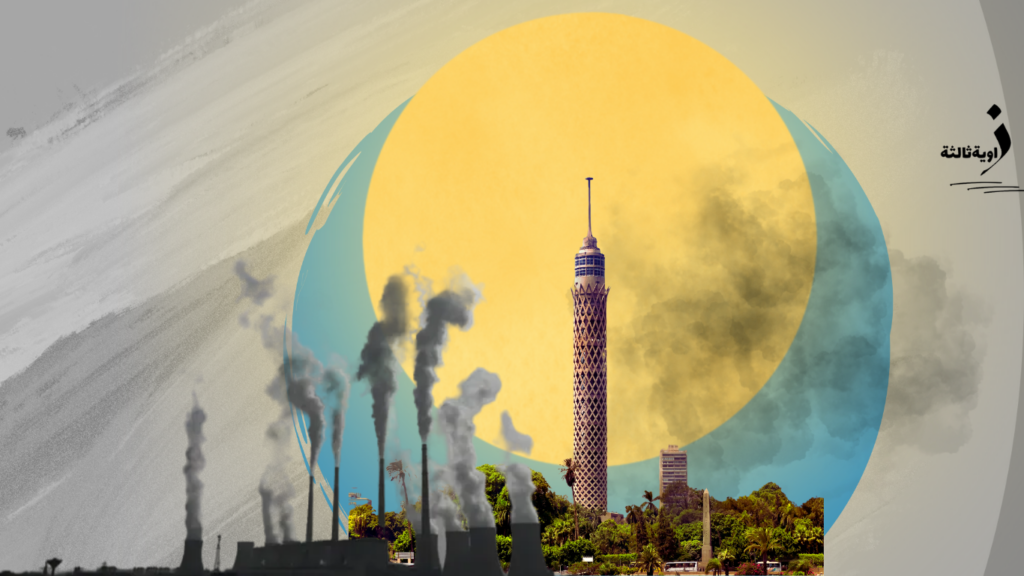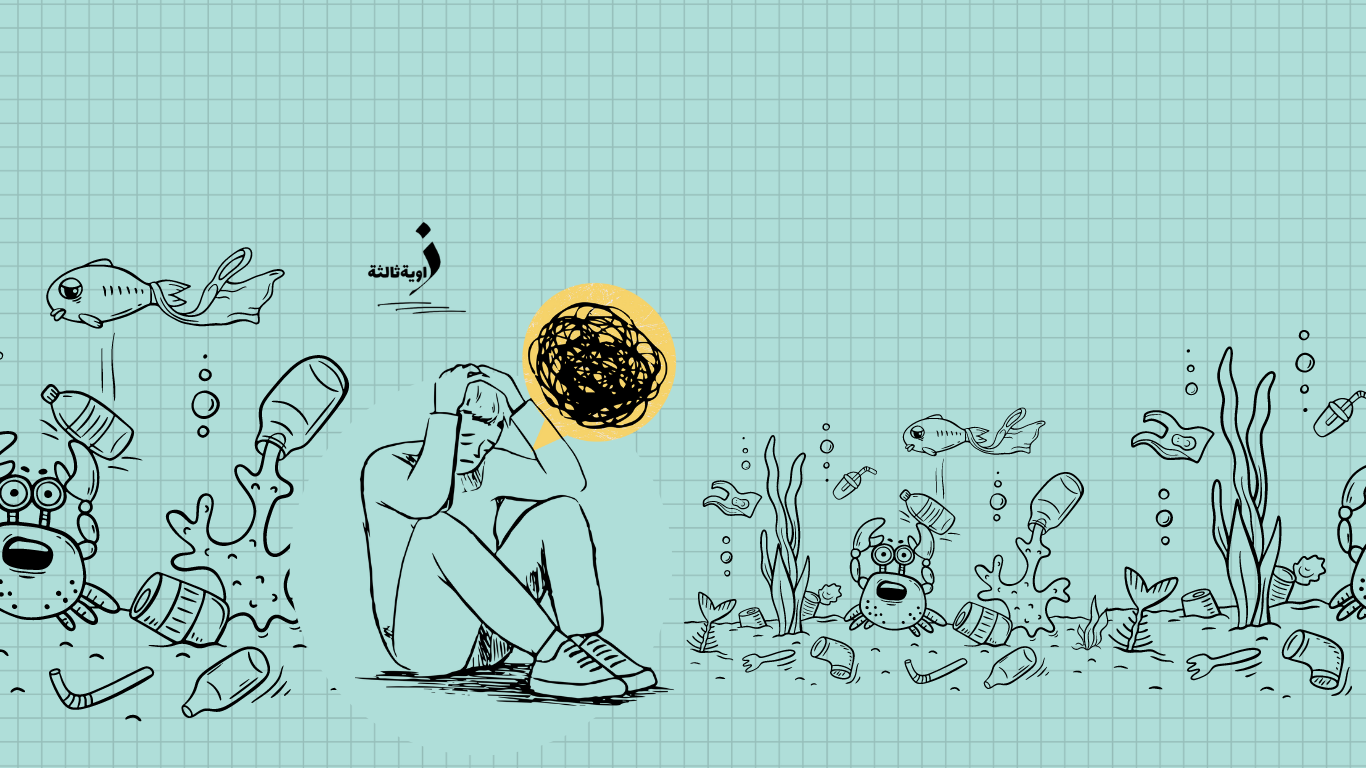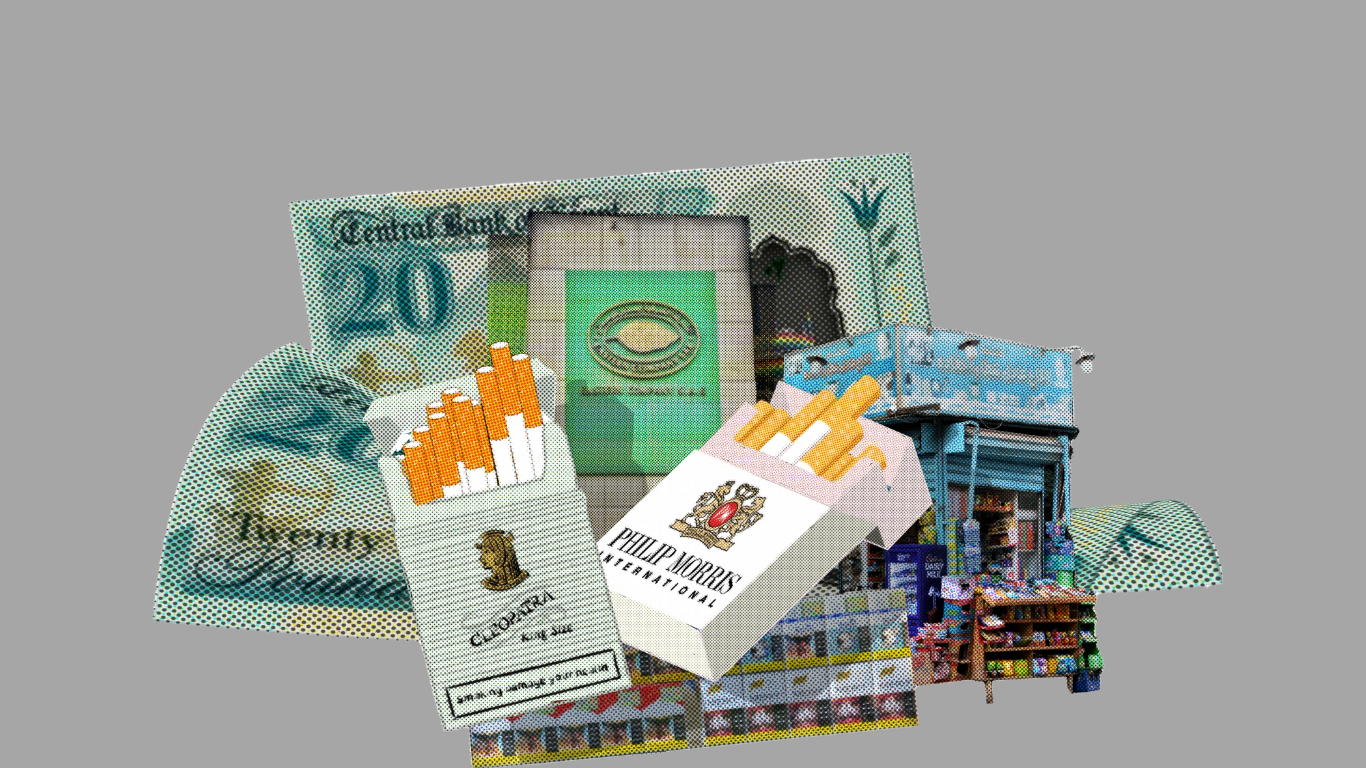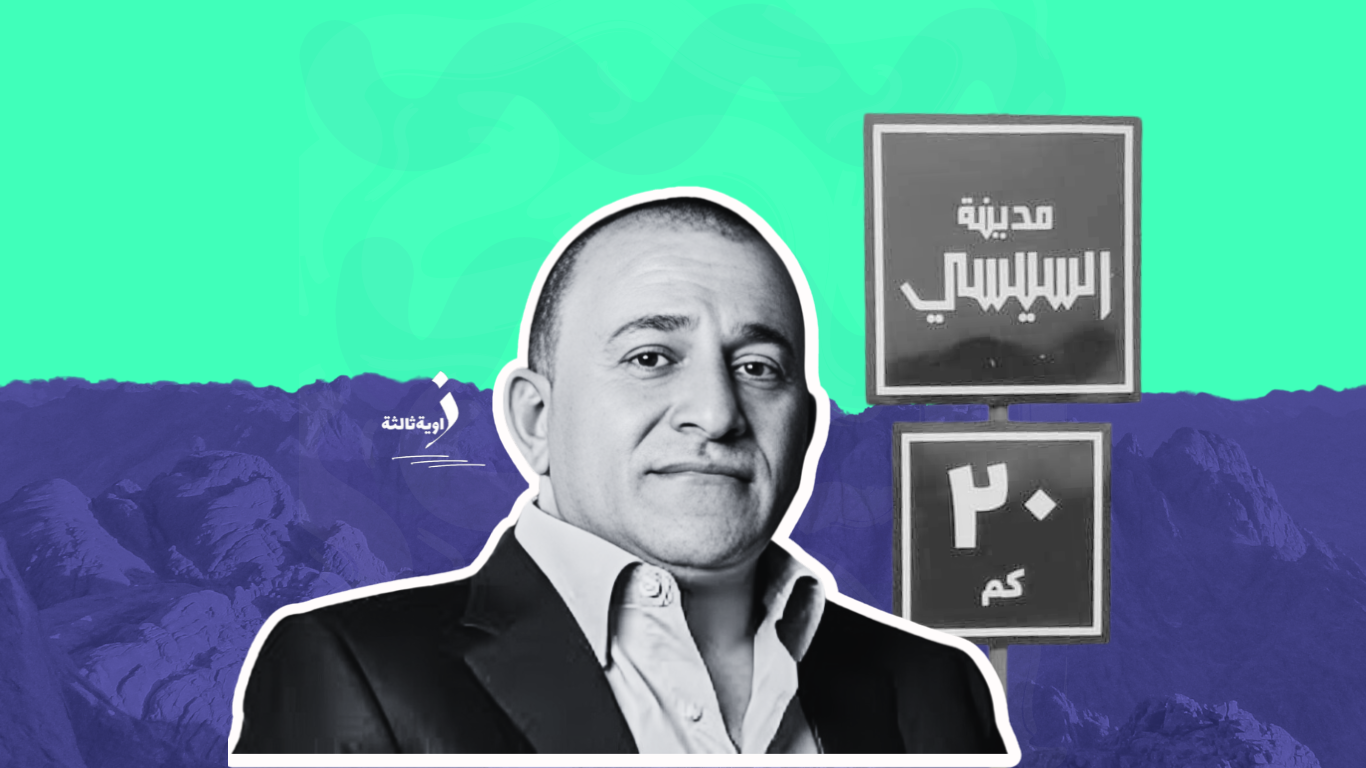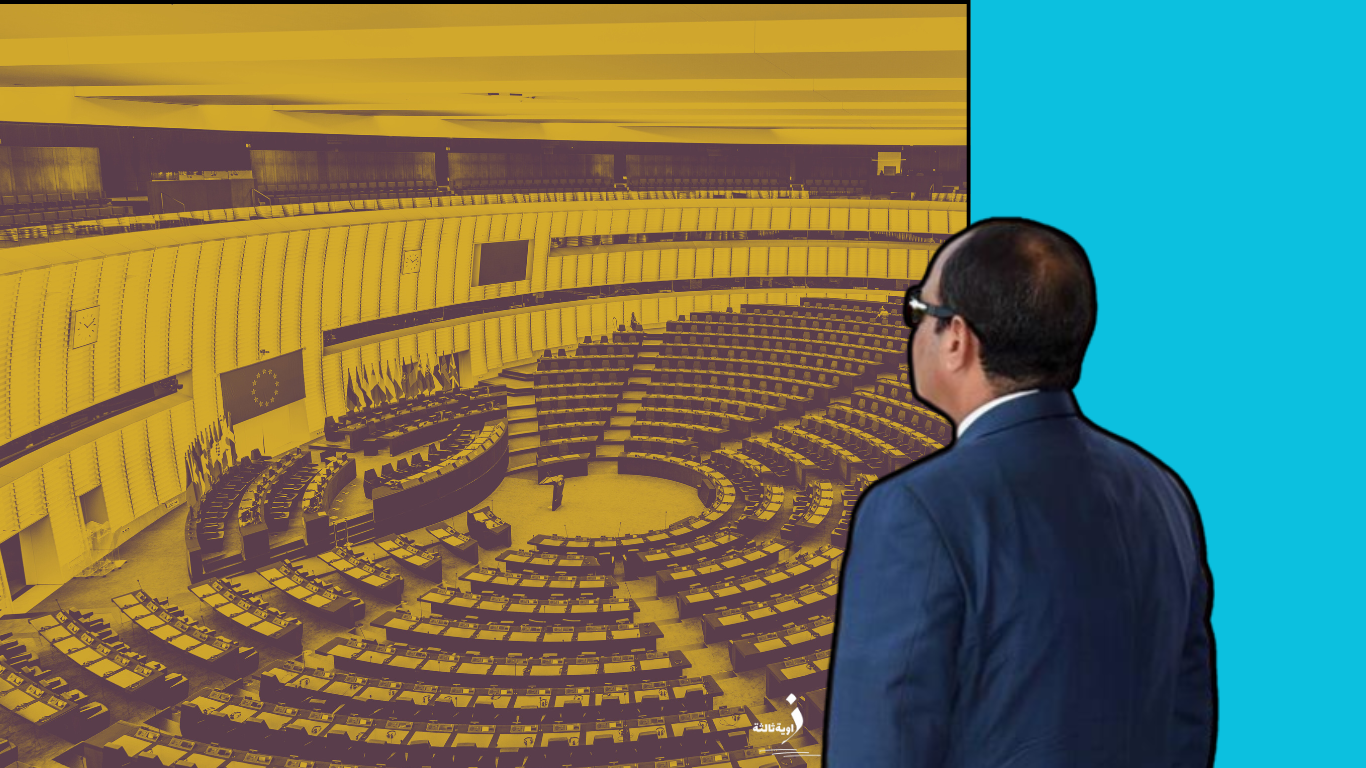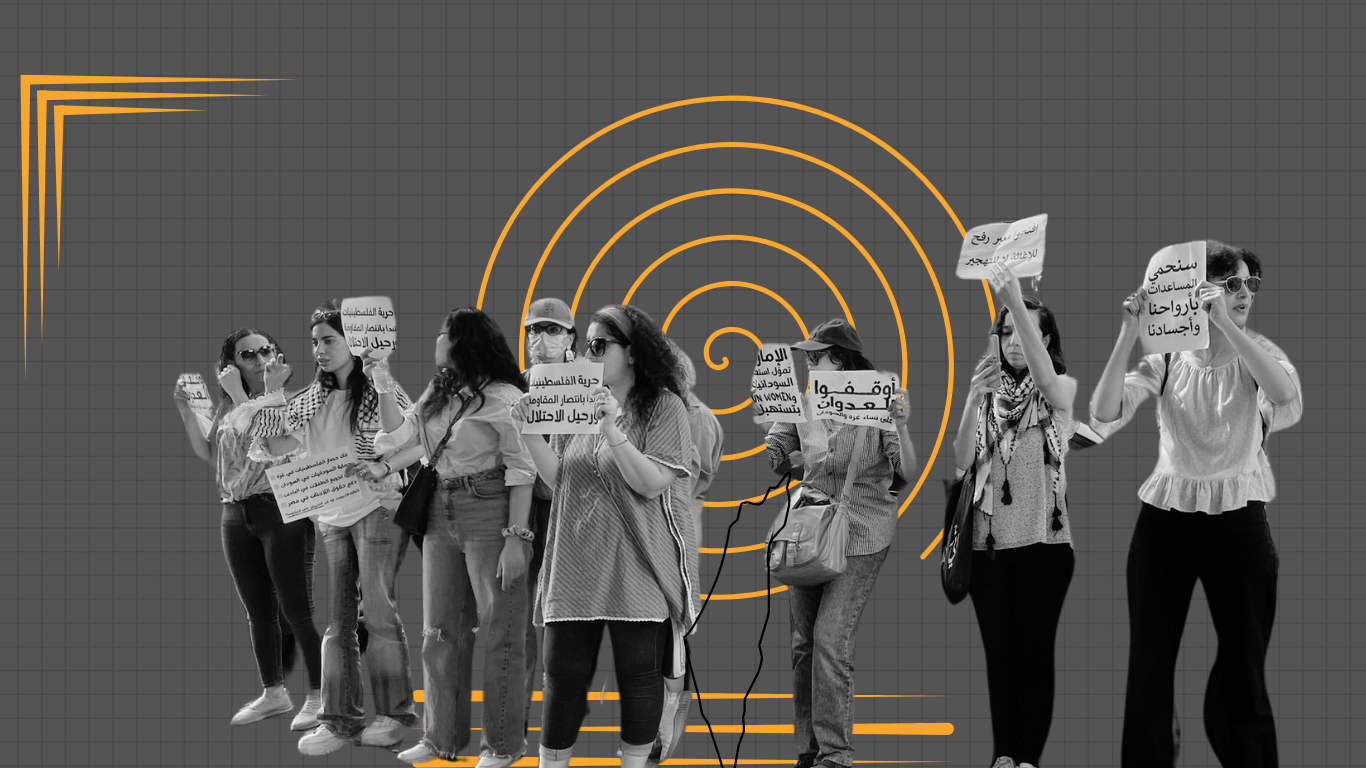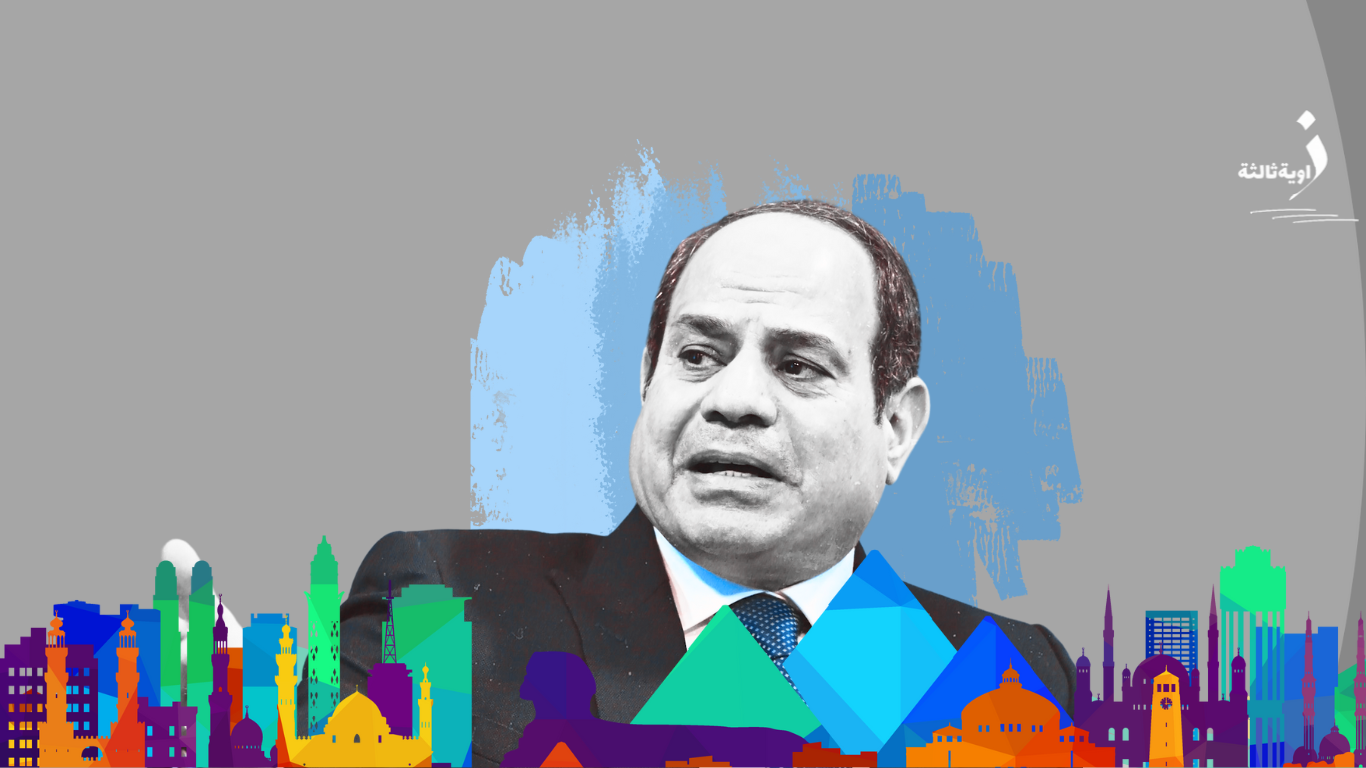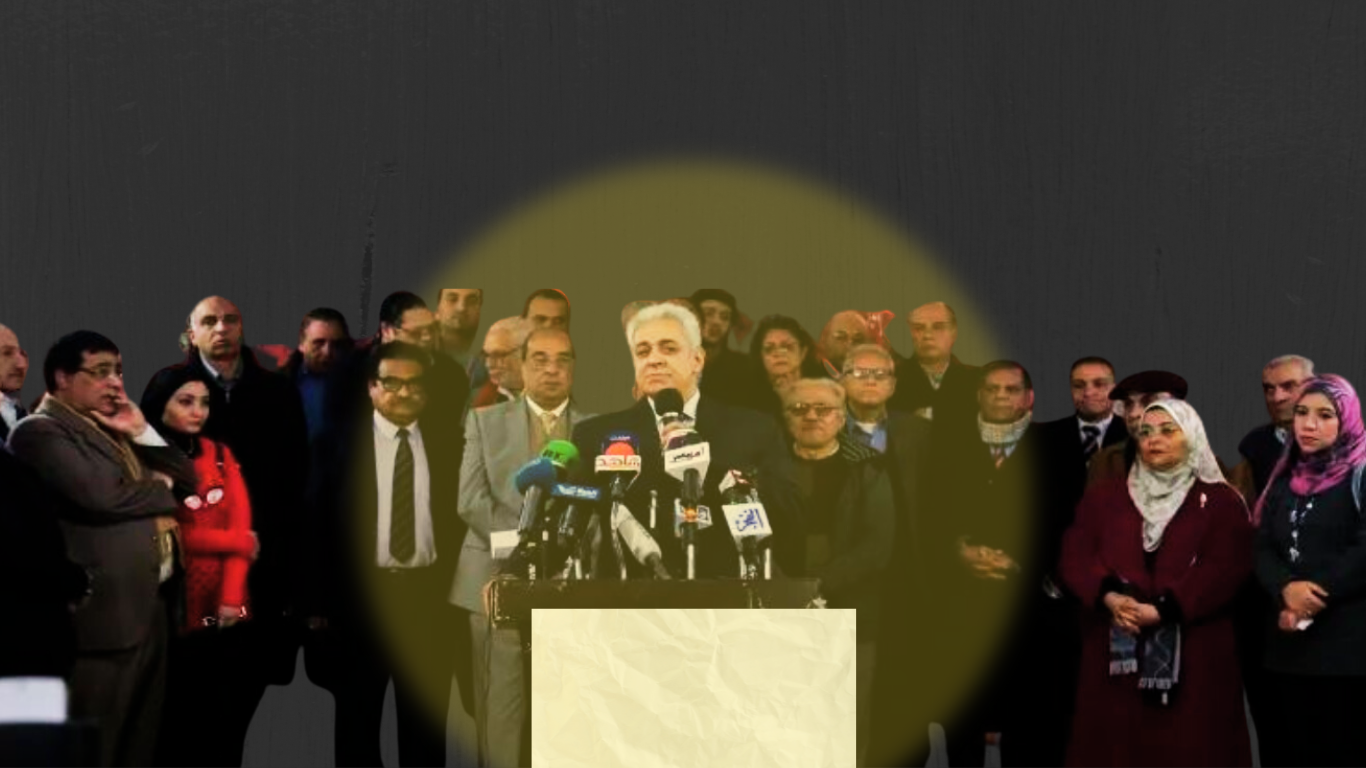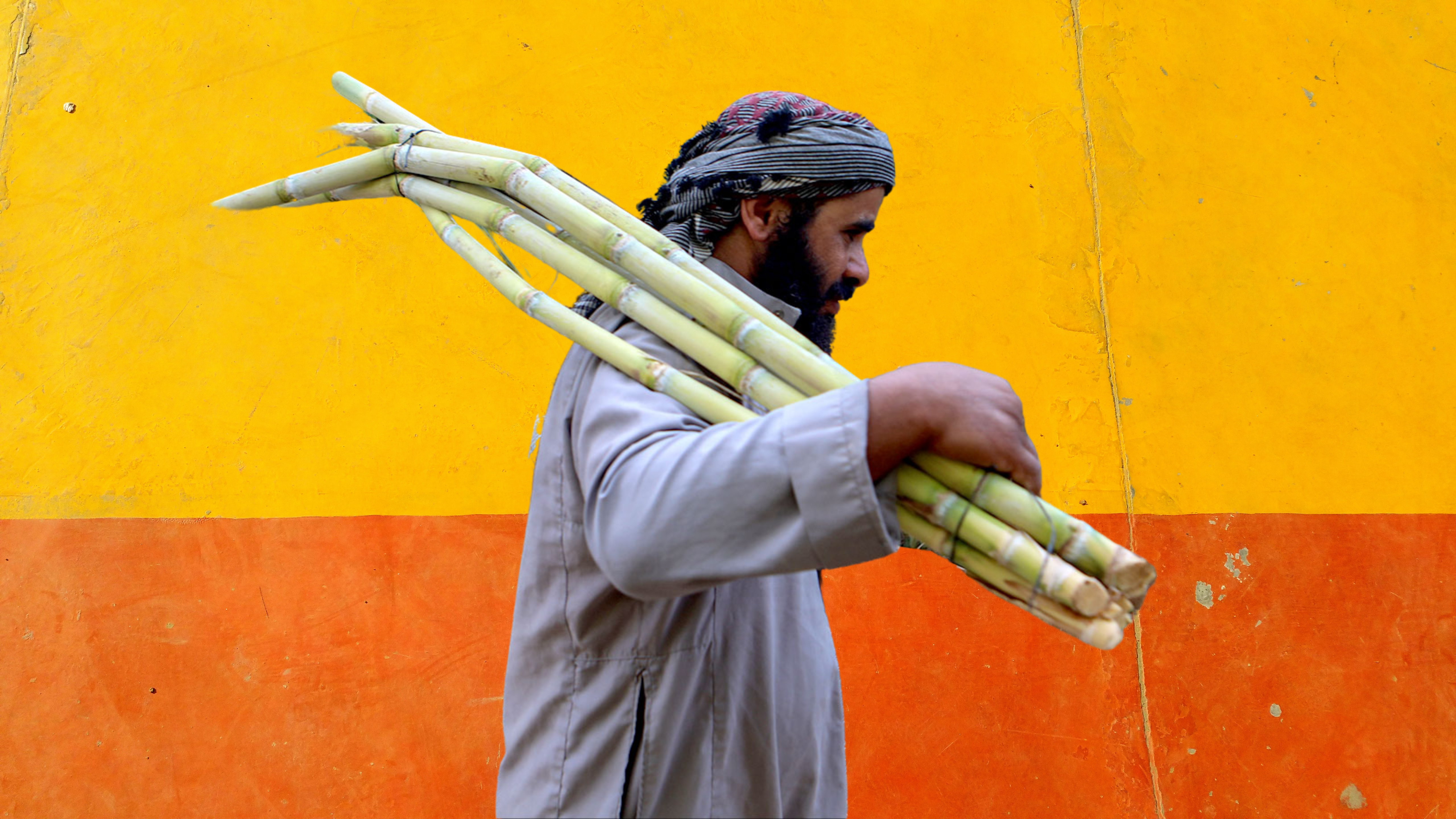Two years of foul odour have engulfed the eastern and western parts of Cairo, emitting a pervasive smell resembling kerosene that has turned life into a nightmare for “Ola” and her family, as she describes it.
Ola Zaki and her family reside in the Ain Shams area in East Cairo, unable to tolerate the odour that invades their senses, adversely affecting the respiratory system of the family and disrupting their peaceful sleep.
Initially, Zaki thought the issue was in her home, where there is a car paint workshop on the ground floor, suspecting it as the source of the emissions. However, the persistence of the smell even on holidays led her to post about it on Facebook groups dedicated to her area (Ain Shams and Al-Alf Maskan). To her surprise, she discovered that complaints were widespread in these areas and others in East Cairo. The petroleum emissions from the Mostorod petroleum refinery factory were identified as a major culprit, prompting many residents to write hundreds of pleas and complaints, launching a Facebook group titled “Enough of Petroleum Emissions Smell” to demand the cessation of the causes of these emissions that have become a nuisance to their lives and health. “We discovered that the smell started coinciding with the expansions of The Egyptian Refining Company(ERC) in the Mostorod area,” says Ola.
East Cairo comprises neighbourhoods such as Heliopolis, Nasr City, Ain Shams, Zeitoun, Helmeya, Naam, Mataria, Al-Moskiya, Al-Suwais, Abbasid, Gardens and Serry Al-Qubba, Ezbet El-Nakhl, Marg, Shubra, and Mostorod. According to Zawia3‘s findings, residents in these areas suffer from the recurrent emissions smell, resulting from the Mostorod Petroleum Complex.
|
The Mostorod Petroleum Complex houses eight companies operating in the petroleum and petrochemical industry. It was inaugurated by President Sisi in 2020, with a total cost of 4.336 billion dollars, where foreign financing contributes about 87% of the total project cost. According to officials, one of the goals of establishing the complex is to improve Egypt’s environmental performance and enhance the air quality in Greater Cairo by reducing annual emissions of 186,000 tons of sulphur dioxide, representing a 29.1% decrease in Egypt’s total sulphur dioxide emissions from burning sulphur, which is part of the components of diesel and kerosene. However, the reality and the repeated complaints since the project’s inception indicate otherwise. |
Ola tells Zawia3 that she and others filed official complaints with the Ministry of Interior, but it seems the complaints were put on hold, and the relevant authorities claimed it was “difficult to prove the smell.” She adds, “Residents turned to parliament members, reached out to media platforms and TV programs last year, but that also did not resonate with officials.”
Ola believes that the emissions’ odours intensify more in the summer, penetrating their homes despite closing windows and running air conditioners. She notes that the smell decreases each time there is media pressure and citizens’ activity on social media platforms, stating that her ten-year-old son, who suffers from chest allergies and diabetes, experiences suffocation because of it, questioning: Is the factory immune to accountability?
Hanane Sameh, who lives with her family in Ain Shams, and her elderly mother residing in the Zeitoun area, have been suffering for two years due to odours described as “rotten eggs,” causing them burning sensations in the eyes and chest. She mentions a decrease in the smell’s intensity in the last quarter of the past year, but it quickly returned in December with strength.
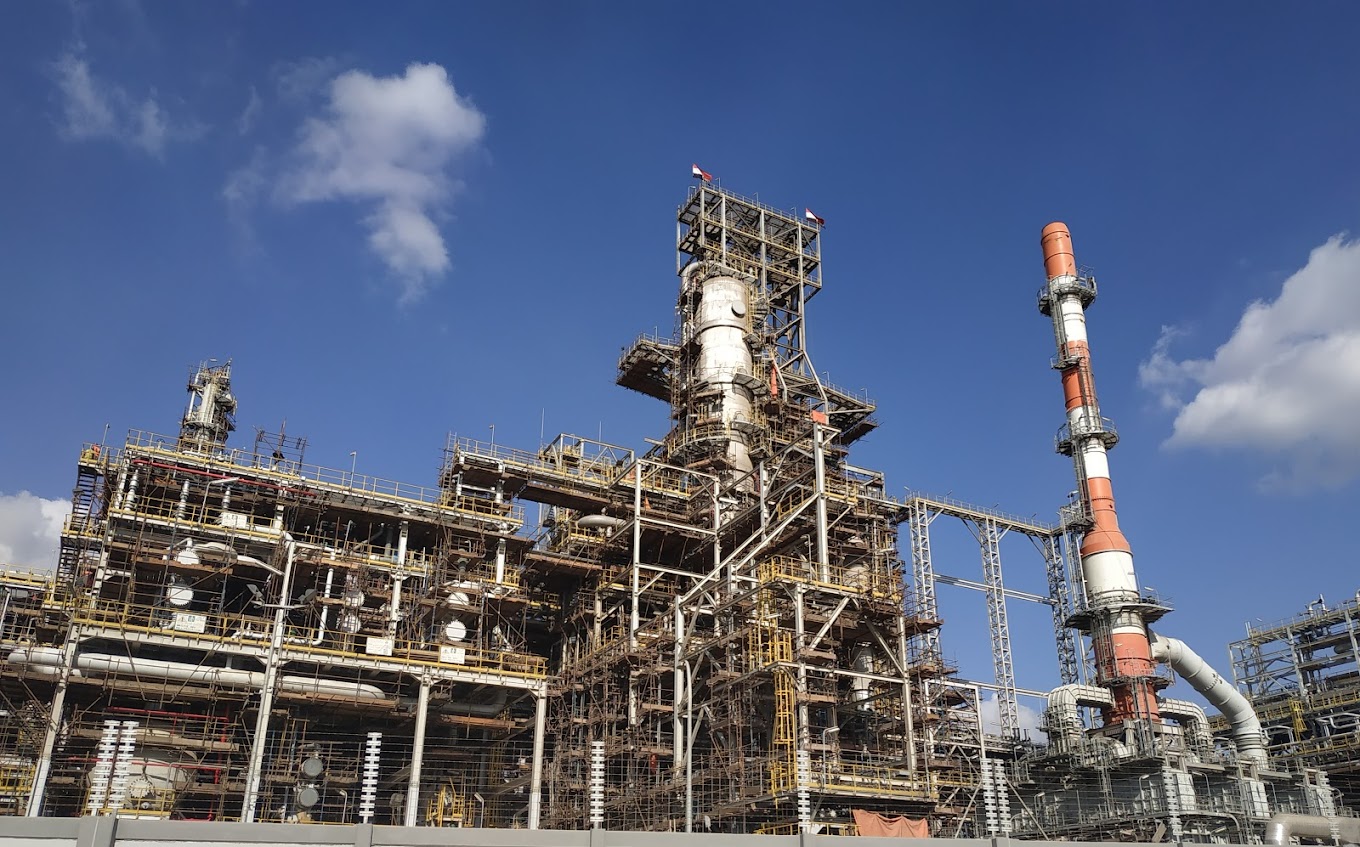
Environmental Density Accusation
The suffering of Ola and Hanan’s families, shared by thousands of East Cairo residents, continues despite Member of Parliament Amr Roshdi, representing the Zeitoun district, presenting an urgent statement to the Minister of Environment in the parliamentary session on July 5, 2022. He called for an immediate committee from the Ministries of Environment and Petroleum to investigate the causes of the problem.
These demands and appeals seem to have found a response from officials two years ago, but they did not lead to a solution to the problem or even an official acknowledgment. Jasmine Fouad, the Minister of Environment, quickly instructed to investigate the complaint about petroleum odours in the area during night periods.
|
According to a statement issued by the Ministry of Environment in June 2022, the Environmental Affairs Agency deployed a mobile laboratory to monitor air pollutants, affiliated with the National Air Pollution Monitoring Network. It positioned the lab in the Mostorod area, where several petroleum production and distribution companies are located, to monitor the environmental situation and assess compliance with the environmental law and its executive regulations. Additionally, the ministry sent a central inspection team to review the procedures taken by the companies in the area and perform the necessary measurements to determine the environmental compliance of these companies. The legislation requires industrial establishments, according to Law No. 4 of 1994, to maintain a record indicating the facility’s impact on the environment. The law stipulates that the facility’s location should be suitable for its activity, ensuring that it does not exceed the allowed limit of environmental pollution resulting from its operation. |
However, what surprised the residents is that the ministry attributed the smells in its statement to the increase in traffic densities and the decrease in wind speed, reaching a sluggish stage in some periods with an increase in humidity. This allows the concentration of pollutants and their perception in some areas during the night, indicating that the two petroleum refining companies in the area are linked to the ministry’s National Emissions Monitoring Network. They continuously monitor emissions from at least fifteen stacks in real-time to assess environmental compliance.
According to the third national statistical report on Sustainable Development Goals indicators for 2023, the annual average concentration of fine suspended particles with a diameter less than 2.5 microns per cubic metre, as an indicator of air pollution, reached 225 points in Greater Cairo, compared to 163 points in 2016. This indicates an increase in air pollution causes, despite the authorities’ announcement of their commitment to implementing environmental systems in their projects.
Accusations
The implicit denial of responsibility by the Ministry regarding the alleged emissions odours from the Mostorod Petroleum Refinery Complex, as stated in the ministry’s statement, did not deter residents from repeated attempts. A total of 673 citizens filed a collective complaint (number 5459866) to the Ministry of Petroleum. Additionally, around a thousand citizens submitted complaints to the Cabinet, according to Nimir Nashaat, the founder of the online group “Petroleum Emissions are Enough.” Despite the lack of an official response, the Egyptian Center for Economic and Social Rights expressed interest in suing the factory responsible for the crisis if the affected citizens appoint a lawyer. Some residents responded positively, while others remained apprehensive or sceptical about the effectiveness of environmental litigation.
In his interview with Zawia3, Malek Adly, the director of the Lawyers Network at the Egyptian Center for Economic and Social Rights, revealed the difficulties in filing a lawsuit against the petroleum factory in Mostorod. He cited the lack of financial resources, the absence of scientific research and experts in industrial medicine, health, and occupational safety in Egypt, and the reluctance of relevant authorities, particularly the Ministry of Environment. Adly criticised the Ministry, stating that it tends to deny accusations rather than standing with the affected citizens.
Despite Minister of Justice’s decision No. 3009 of 2011 to establish the General Administration for Environmental Affairs in cooperation with the relevant ministry, Egypt lacks a specialised judicial body for environmental litigation.
Malek Adly highlighted the financial burden on Egyptian citizens who, left with no alternative, resort to private companies charging around 45,000 Egyptian pounds (1456 $) for measuring and assessing environmental impact—an amount beyond the means of many residents.
Adly emphasised that the most affected areas in East Cairo, including Mostorod, Zaitoun, Marg, and Helmeya Zaitoun, faced petroleum emissions leading to unpleasant odours. A scientific study conducted by Egyptian researchers concluded that establishing the factory in Mostorod would result in 20,000 cancer cases.
Some Mostorod and Khanka residents attempted legal action but faced rejection. Adly argued that during the era of former President Mohamed Hosni Mubarak, the State Council showed interest in environmental cases, unlike the current situation where cases are rejected, and the plaintiff bears the cost without success.
Environmental researcher and lawyer Ahmed El-Saeedi explained the hindrances to filing a lawsuit for environmental pollution in Mostorod, attributing it to a lack of information, judges’ limited knowledge of environmental laws, and the typically low acceptance rate of environmental cases.

Harmful Environmental Emissions
Abdel-Messih Samaan, the Deputy Director of the Institute of Environmental Studies and Research at Ain Shams University, highlighted the harmful emissions produced by petroleum industries, such as carbon dioxide and sulphur dioxide. He stressed that factories should take measures to limit emissions within allowable limits, and older factories must reconcile their conditions with the Ministry of Environment. New factories need an environmental impact assessment for construction permits.
In response to complaints about the “rotten egg” smells in East Cairo, Alexandria’s Al-Amiriyya, and the northern coast, Abdel-Messih pointed to hydrogen sulphide (H2S), a colourless flammable gas produced as a byproduct of petroleum gas. He explained that any quantitative or qualitative change in air composition constitutes air pollution. The Ministry of Environment established approximately 116 monitoring stations in Cairo alone to measure and monitor pollution levels.
|
According to Egyptian Environmental Law No. 9 of 2009, environmental pollution is defined as any change in environmental properties that directly or indirectly harms human health or affects natural habitats, living organisms, or biological diversity. Air pollution is specifically defined as any change in the natural properties and specifications of air that poses a threat to human health or the environment. |
Dr. Mahmoud Amr, a professor of occupational medicine at Qasr El-Ainy Faculty of Medicine and head of the National Committee for Toxicology, underscores the dangers of petroleum emissions, including hydrogen sulphide, carbon dioxide, and sulphur dioxide, on human health. These emissions cause diseases in the upper respiratory system, lungs, airways, nasal sinuses, eyes, skin, and liver. Amro emphasises that pollutants harm all mucous membranes in the body, leading to inflammation, increased mucous secretions, and airway constriction, resulting in oxygen level disruption in the blood and affecting liver function.
While the Cairo government denies that its projects increase the risk of thermal and petroleum emissions harmful to the environment and citizens’ health, a 2022 World Bank report indicates that three sectors in Egypt (energy, transportation, and industry) are responsible for approximately 80% of greenhouse gas emissions in the country, representing 0.6% of global greenhouse gas emissions. The question remains about the extent to which constitutional and legal provisions affirm citizens’ right to a clean environment.

